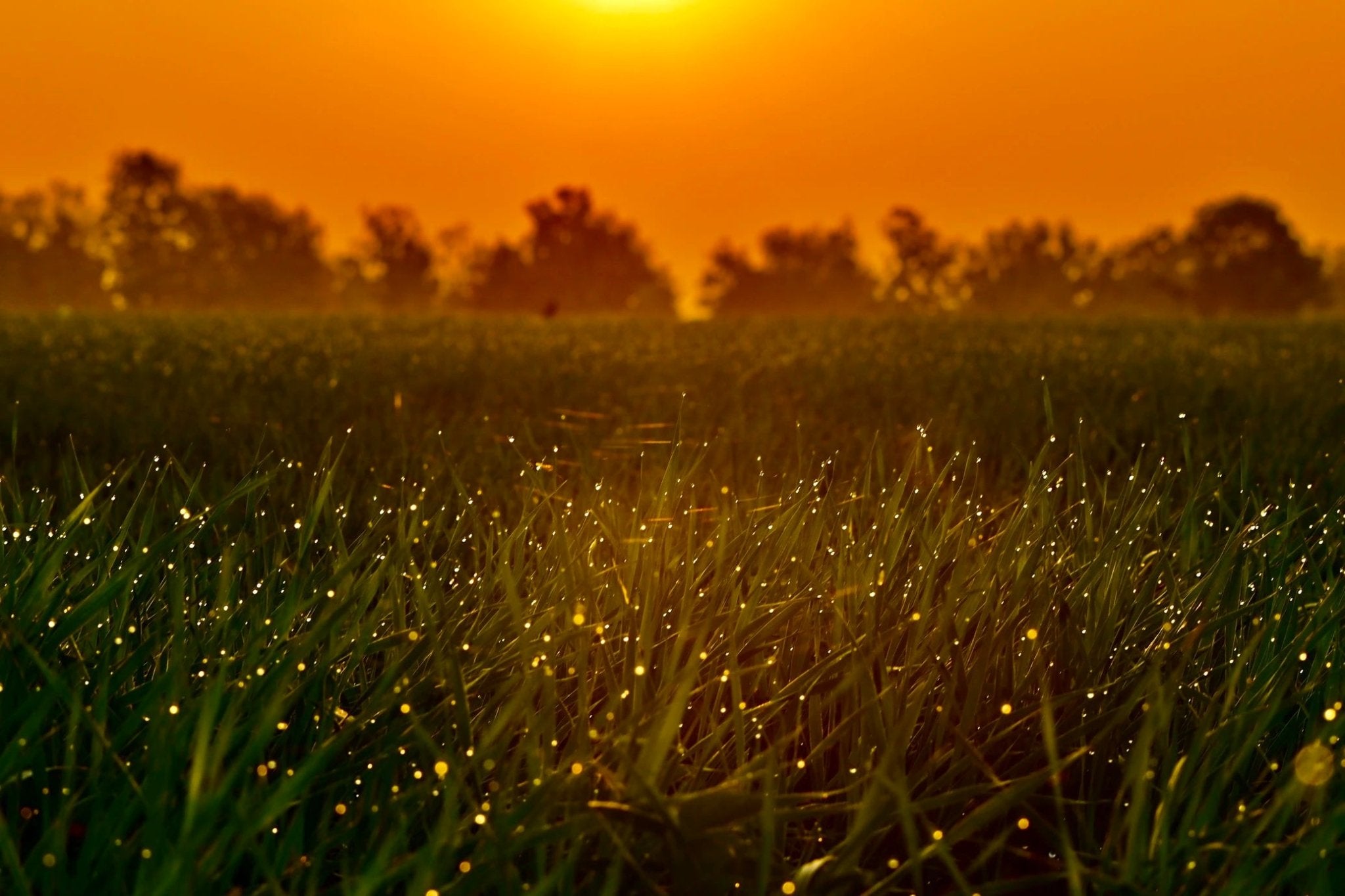Fireflies are so incredibly magical. I have vivid memories of trying to capture them with the neighborhood kids and holding them for a little bit to see their little glowy butts.
Fun fact: I recently learned that not everywhere in the United States gets fireflies - or as I frequently call them, lightning bugs. My.mind.was.blown! I could not believe some children have never experienced those glowin' booties. But anyway, as I digress.
Many people have tried capturing the magical firefly, and many have failed. Usually, this happens when you have zero preparation. However, when you enter this shot fully equipped with the right equipment and tricks, you will instantly give an enchanting look to whatever scenery you are trying to capture.
And do not worry, you won't have to be an expert photographer to take a great photograph, and I will help you get a clear picture.
Tips on How to Photograph Fireflies:
Here are my top tips and tricks on properly photographing the cutest little bug, the fireflies:
- Set your camera to manual mode
- Open up the aperture to f/2.8 (or faster if your lens allows)
- Set your shutter speed to 15 seconds as a starting point
- Select ISO 200 (you can increase it if needed)
- Place your camera on a tripod to get a steady shot
- Use remote shutter release cable to get a sharp image
- Edit your photos in Adobe Photoshop or Lightroom
Come Prepared
Always remember this - Photographing light requires your camera to be set with a long exposure. And long exposures and tripods go hand in hand. There is no way you can take a photograph without a tripod while using long exposure and not get a blurry image - unless that is the look you are aiming to capture. Make sure you always have a tripod with you when you plan on photographing fireflies. Having a tripod should be your main priority, do not leave the house without it!
Your Camera Settings
Remember how a second ago I mentioned needing a long exposure? Yeah, well, let's talk more about that! Just like having the right equipment, having your camera set to the proper settings will also help you achieve that enchanting photograph you strive to shoot. Your main goal is to get your shutter open long enough to grab as much light as possible before closing. Try starting with a three to five-second exposure and an ISO of 200. But be careful - leaving your shutter open for too long can result in an unappealing photograph. There is a high chance of having your background end up too bright and leaving little to desire.
After that, you will most likely need to tweak your camera settings to your preference. The best thing you can do is stack your photographs through editing software during the post-processing step, and my recommendation would be to use Adobe Photoshop.
Get Creative and Experiment with Your Composition
The best advice I can give you is to think about where your fireflies are in your frame. Nature is unpredictable, but you do not want to take random photographs of fireflies in a clump. You can move around your scene to see which angle you should stand in to give the best look. You can try taking photographs from a higher or lower point of view. Also, think about the background of your photo. Is there anything interested or unusual to help create interest in your image? One of the more popular composition choices is the rule of thirds. Want more on composition? Check out this article on the different types of composition styles:
Related article: Photography Composition Techniques
Post-Processing
This is the step where you can stack your photos. You can open your photographs through Photoshop and layer or stack your images onto one another. Get the perfect shot you could not get in the wild with this post-processing technique. Here is a quick guide on how to stack your images.
- Open your image into Adobe Photoshop.
- Upload each of your images to their layers (typically found on the right-hand side of your screen).
- Each of the layers will need to blend. Set the layer to the "lighter color" blending mode. When you do this, the brightest parts of your photo are visible.
- Next, just flatten the layers to create one photograph!
Check out this article on more post-processing techniques: What is Bracketing in Photography
You can do so much when you are editing your photograph. However, you do not want to overdo it. Over-edited photos always end up looking fake and cheap. You want to use editing to enhance the beauty of your photograph. Try altering the shadows, highlights, contrast, and brightness when editing.
These quick tips should help you capture a gorgeously stunning firefly photograph! And as always, remember that practice makes perfect! Sometimes you will need to take a hundred shots just to get that one perfect photograph. Happy Shootin'!
Related article: What is Bracketing in Photography
Related article: Camera Settings for Sunset
Related article: How to Photograph Birds
Related article: How to Take Pictures of the Night Sky like a Star












